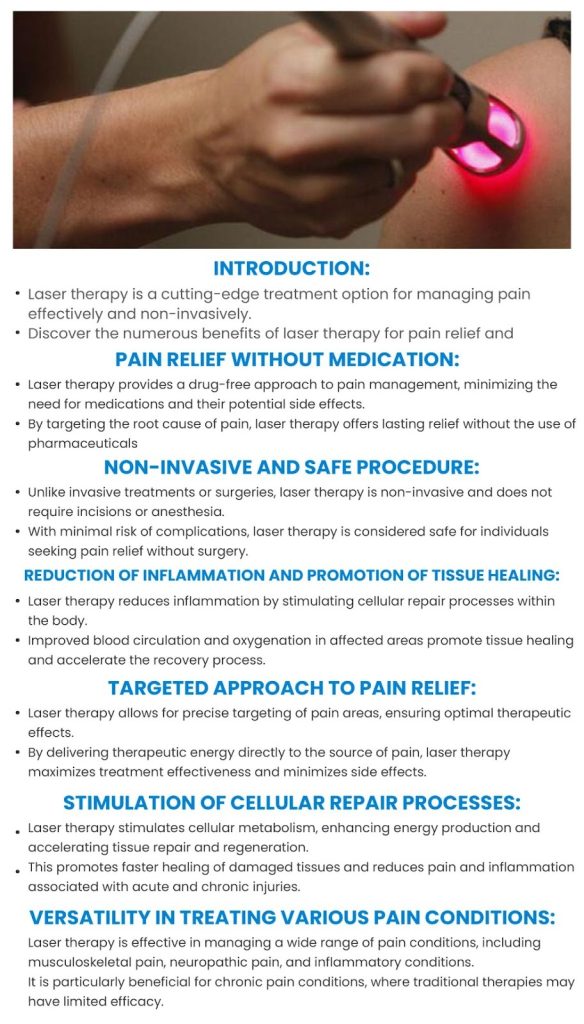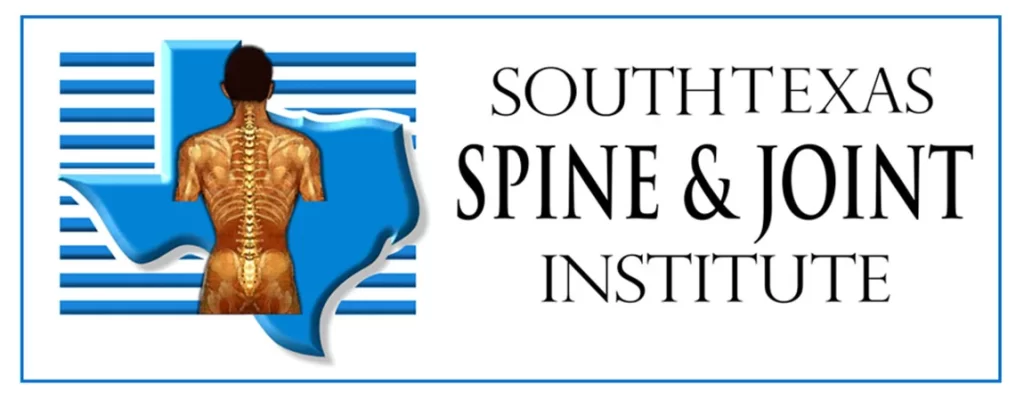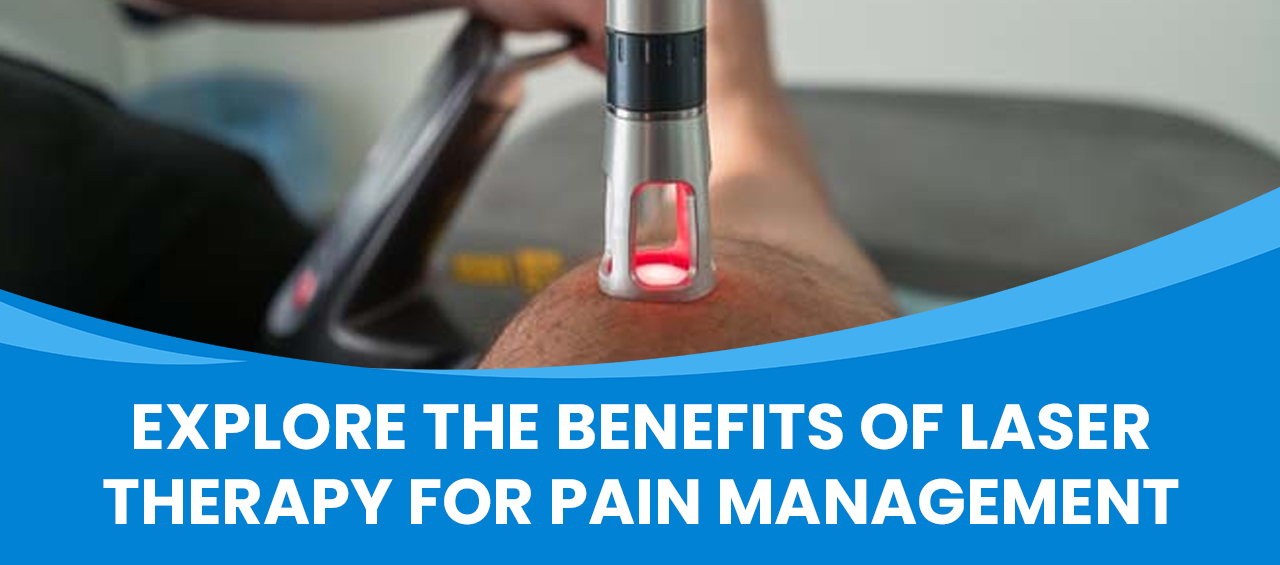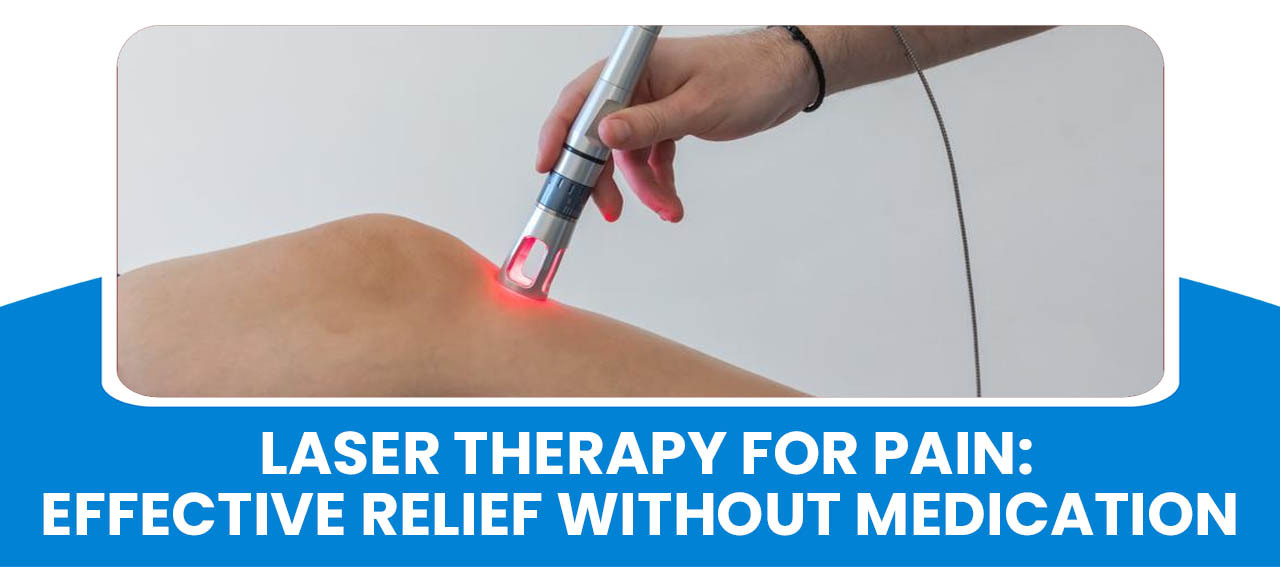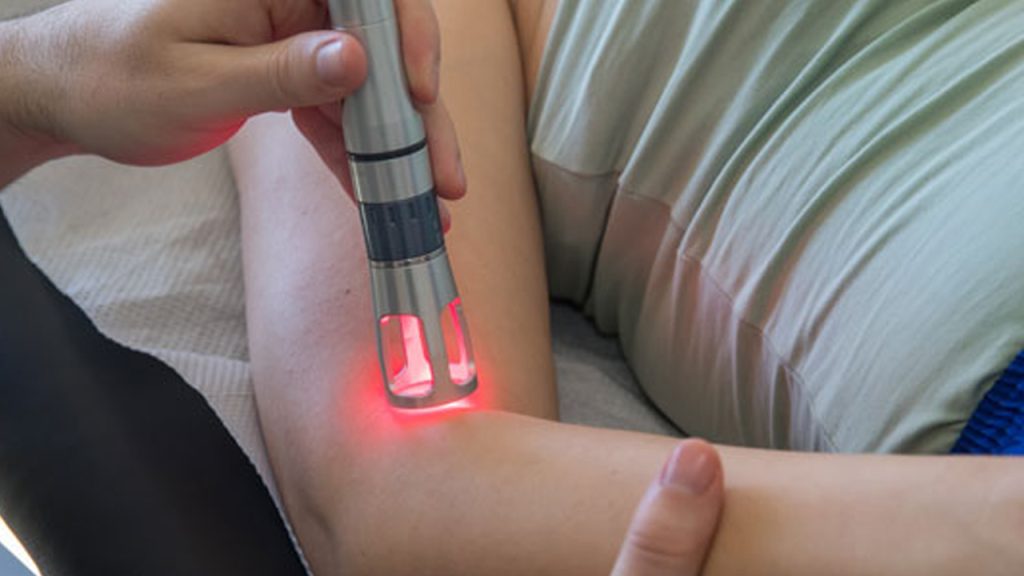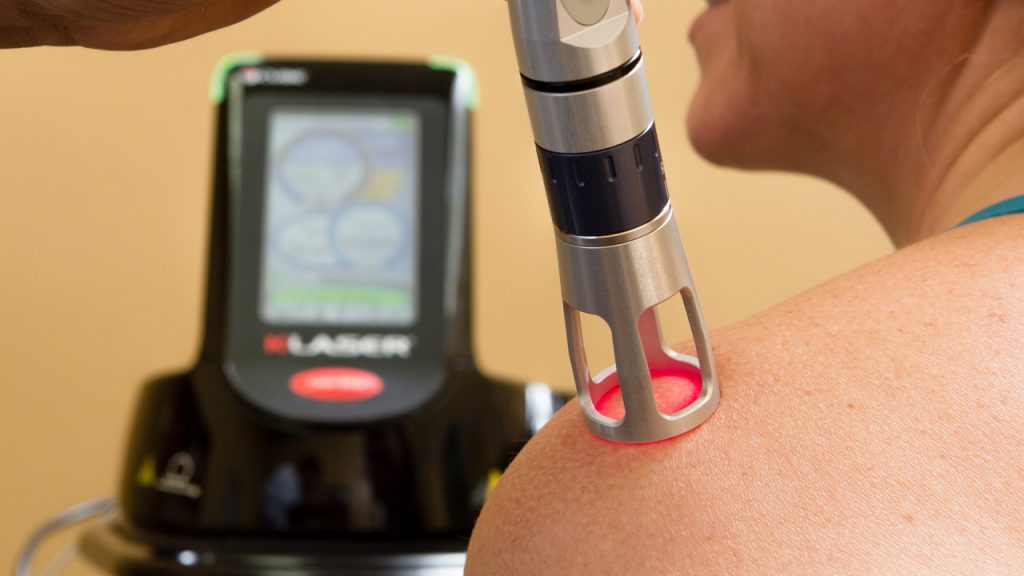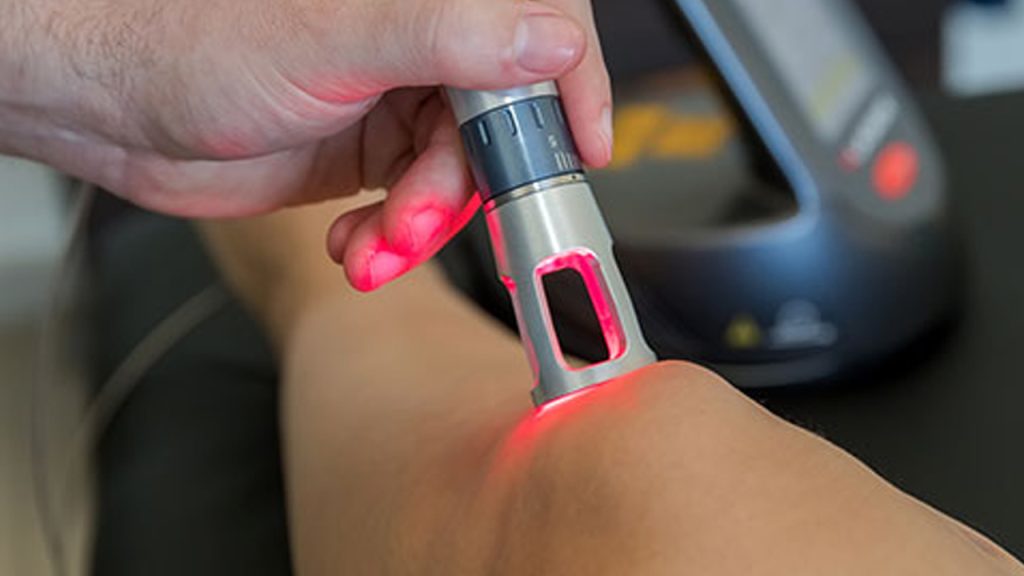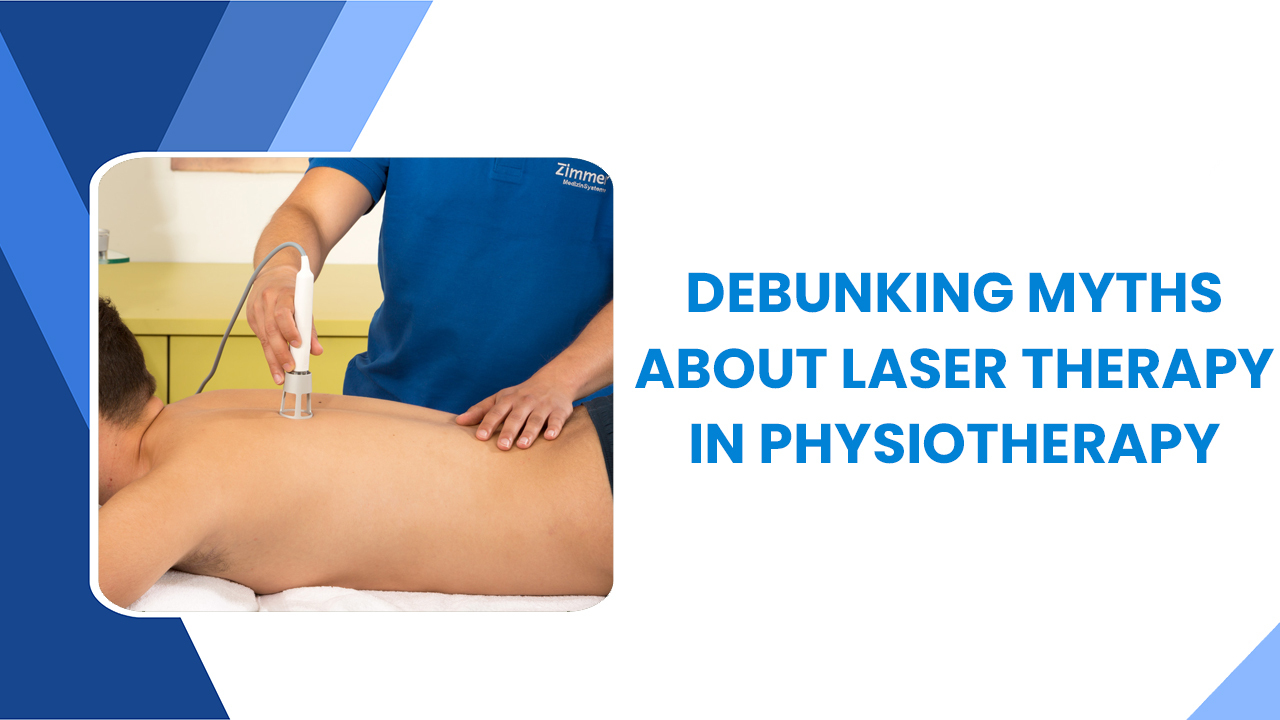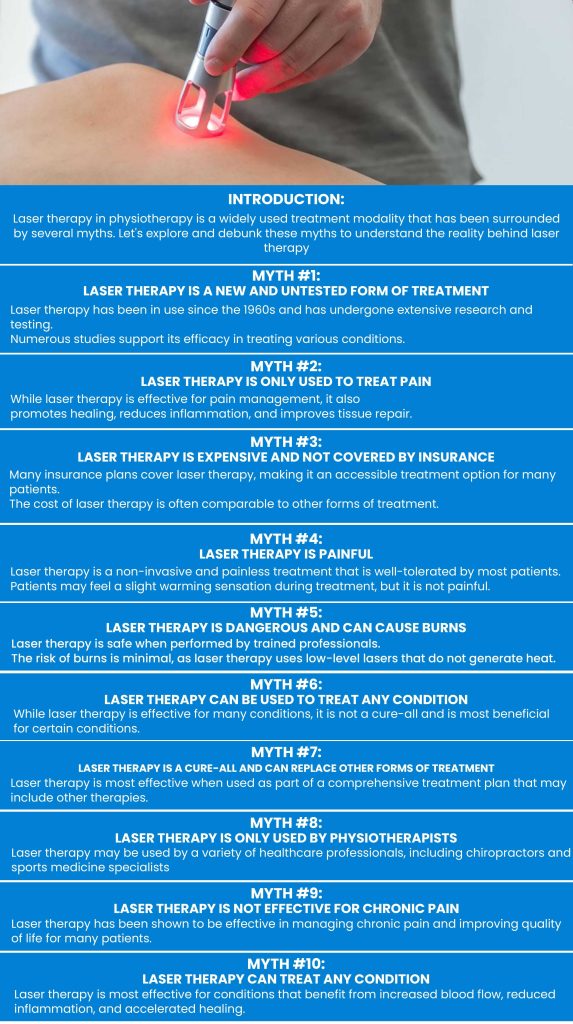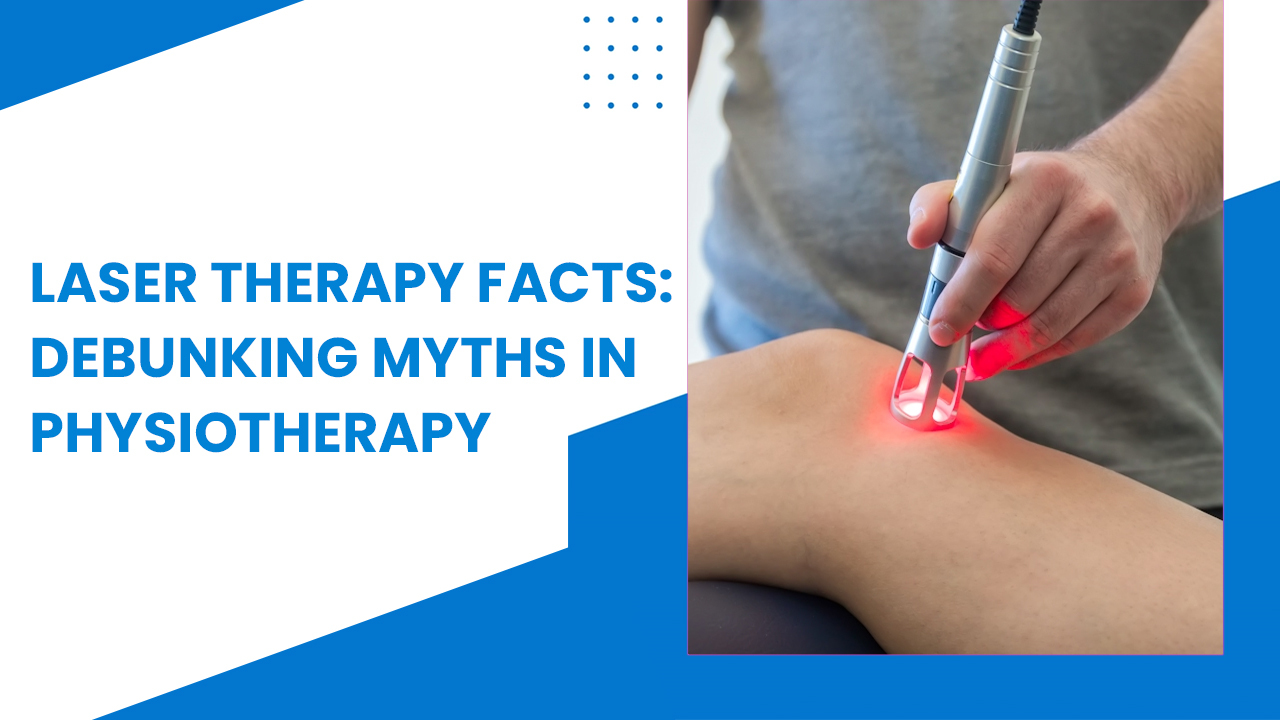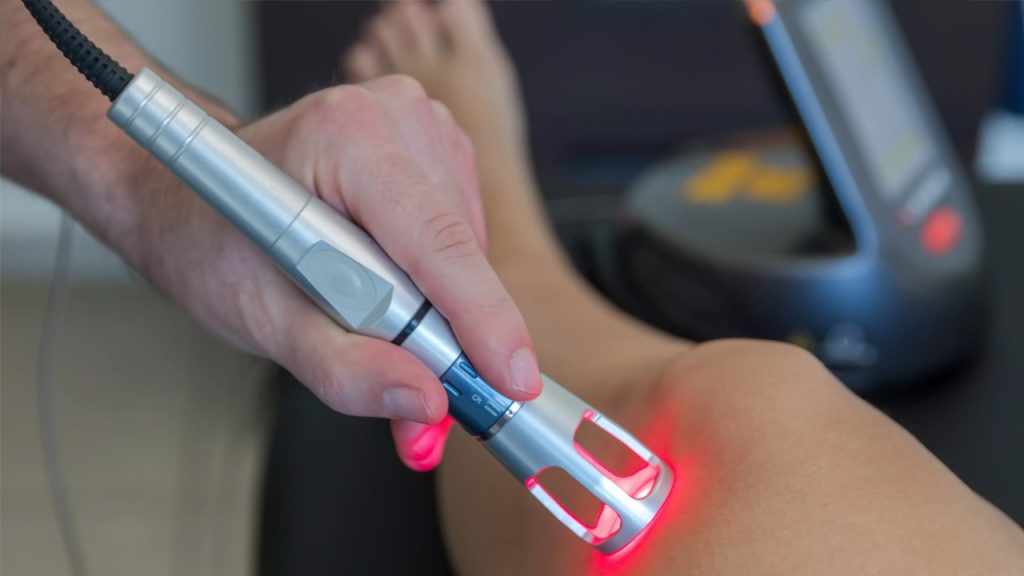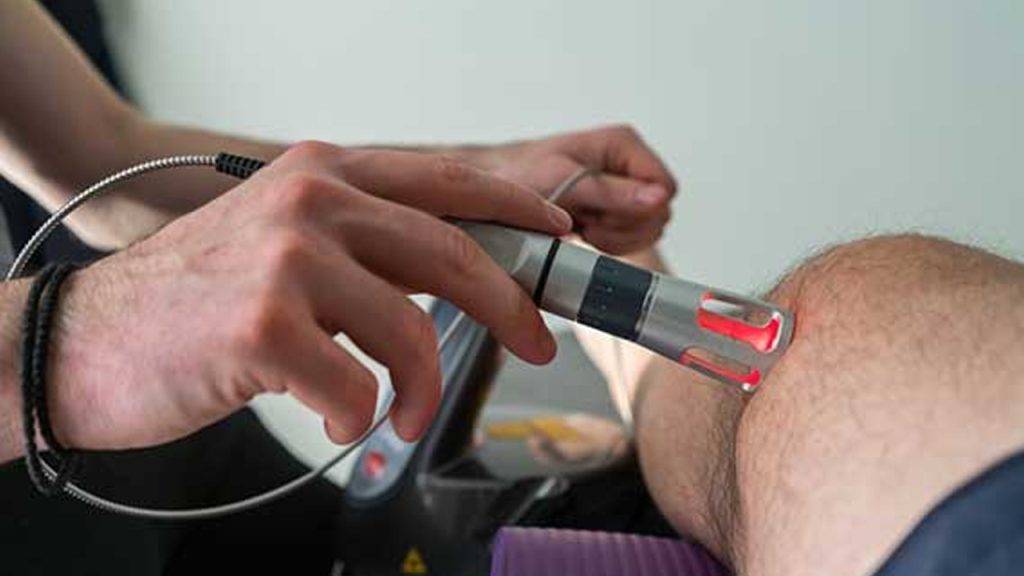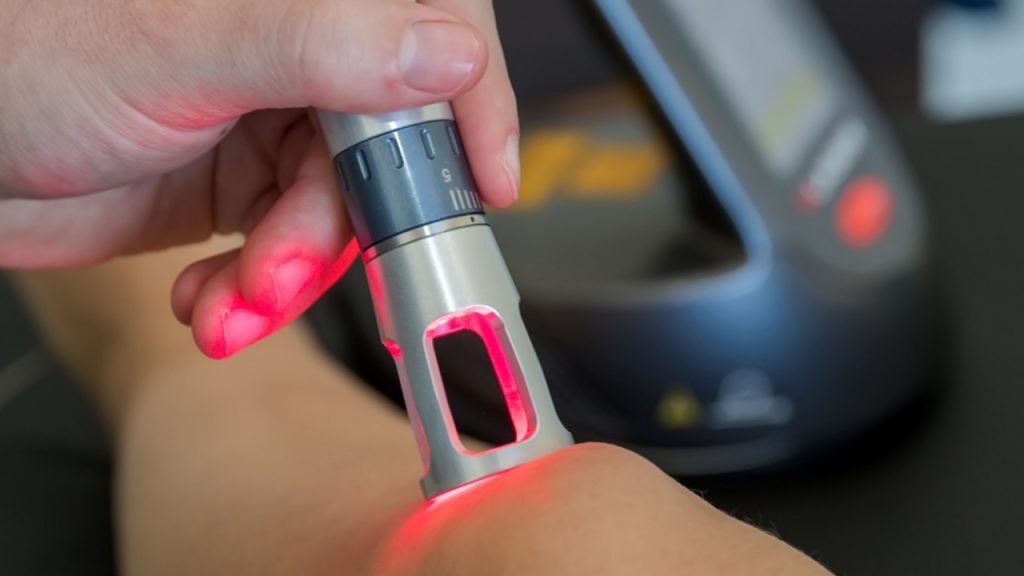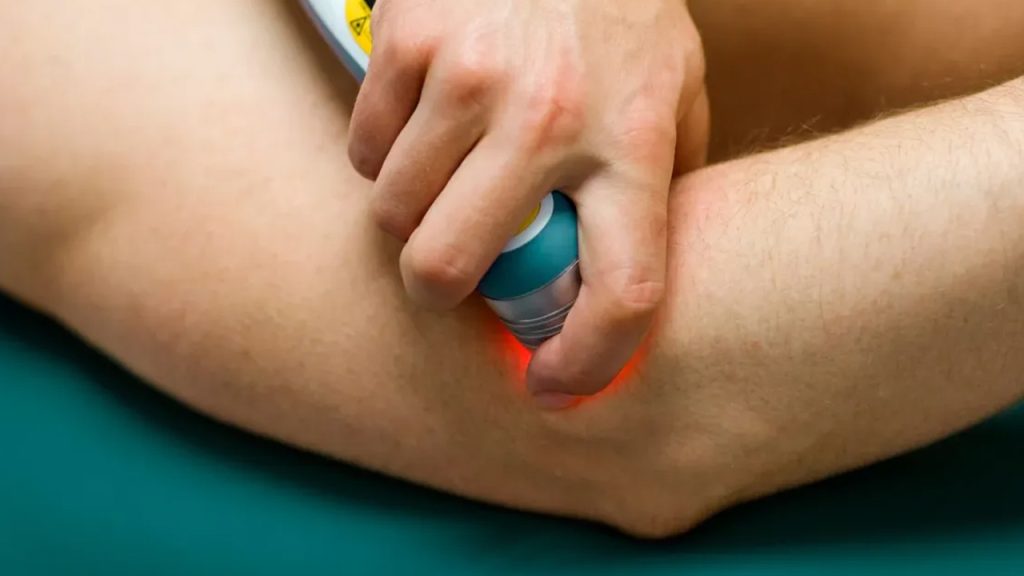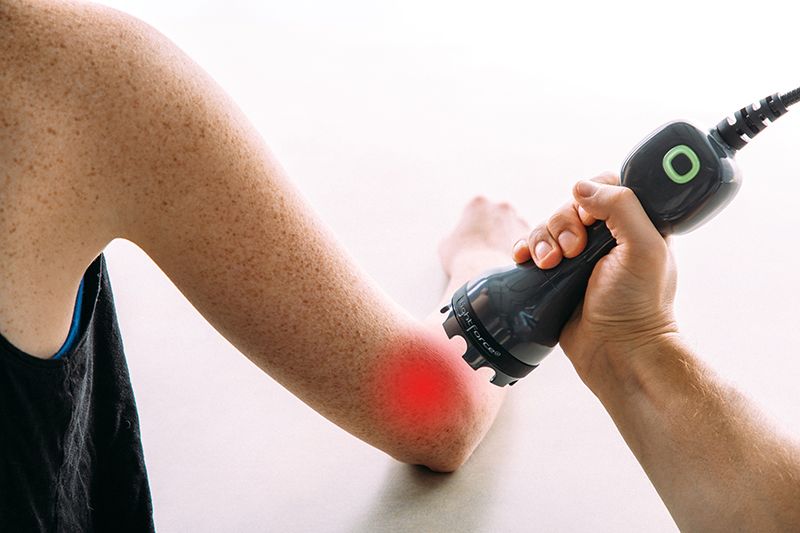Laser therapy, also known as cold laser therapy, is a popular treatment option in physiotherapy and chiropractic care in San Antonio. It utilizes low-level lasers to stimulate healing and reduce pain in a non-invasive manner. However, there are many misconceptions surrounding therapy that need to be addressed. By debunking these myths, we can highlight the true benefits of laser therapy for pain management and rehabilitation. Laser is a safe, effective, and drug-free treatment option that can complement traditional physiotherapy methods. If you’re considering laser therapy for pain relief, consult with a qualified healthcare professional in San Antonio to explore this innovative treatment option and its potential benefits for your specific condition.
Myth #1: Laser Therapy Is A New And Untested Form Of Treatment
Laser therapy, also known as cold laser therapy or laser physiotherapy, has a rich history dating back to the 1960s when it was first introduced as a medical treatment. Initially, it was used for its ability to promote wound healing and tissue repair. Over the years, extensive research and studies have been conducted to understand its mechanisms and effectiveness in treating various conditions, including pain management. These studies have shown promising results, highlighting the efficacy of laser therapy for pain relief and tissue healing. Many chiropractors in San Antonio now use lasers as part of their treatment plans for patients suffering from acute and chronic pain. The evolution of laser from a novel treatment to a well-established and evidence-based underscores its effectiveness in the field of physiotherapy.
Myth #2: Laser Therapy Is Only Used To Treat Pain
Laser therapy is a versatile treatment modality that extends beyond pain management, offering a holistic approach to addressing various conditions and promoting overall wellness. While laser is effective in alleviating pain by reducing inflammation and stimulating the release of endorphins, its benefits extend to promoting healing and tissue regeneration. This makes it a valuable tool in treating conditions such as arthritis, tendonitis, and sports injuries. Additionally, therapy can improve circulation, which aids in the delivery of oxygen and nutrients to damaged tissues, further enhancing the healing process. In chiropractic and physiotherapy practices in San Antonio, lasers are often integrated into treatment plans to enhance outcomes and provide patients with a comprehensive approach to their health and well-being.
Myth #3: Laser Therapy Is Expensive And Not Covered By Insurance
When it comes to lasers for pain, there is a common misconception that it is expensive and not covered by insurance. However, the reality is that therapy can be a cost-effective treatment option for many patients. While the upfront cost of laser therapy sessions may seem high compared to other forms of treatment, such as medication or surgery, the long-term benefits often outweigh the initial investment. Additionally, many insurance plans now cover therapy treatments, especially when performed by a qualified chiropractor or physiotherapist in San Antonio. This coverage can help offset the cost of treatment and make therapy more accessible to those in need. It is important for patients to check with their insurance provider to determine coverage options and to consult with a healthcare professional to discuss the benefits of therapy for their specific condition.
Myth #4: Laser Therapy Is Painful
Laser therapy for pain is a non-invasive and painless treatment option that is commonly used in physiotherapy and chiropractic care in San Antonio. Unlike some other forms of treatment, such as injections or surgery, therapy does not involve any incisions or needles, making it a comfortable experience for patients. During a session, a low-level laser is used to target the affected area, where it penetrates the skin and stimulates cellular repair and regeneration. This process helps to reduce inflammation and promote healing, leading to pain relief. Compared to other forms of treatment, such as medication or surgery, therapy is often preferred by patients due to its minimal discomfort and side effects. If you’re seeking a gentle and effective treatment for pain, consider therapy as part of your physiotherapy or chiropractic care regimen in San Antonio.
Myth #5: Laser Therapy Is Dangerous And Can Cause Burns
Laser therapy for pain is a safe and effective treatment when administered by trained professionals, such as a chiropractor in San Antonio. Safety protocols and guidelines are in place to ensure that therapy is delivered safely, minimizing the risk of burns or other adverse effects. The risk of burns with laser therapy is minimal, especially when compared to other forms of treatment. Trained professionals understand how to adjust the intensity and duration of therapy to ensure it is both effective and safe for each patient. Overall, therapy is a well-established and safe treatment option for pain management when performed by qualified healthcare providers.
Myth #6: Laser Therapy Can Be Used To Treat Any Condition
Laser therapy is a versatile treatment option that can effectively address a variety of conditions, but it is not a cure-all. It is most commonly used for pain management, including back pain, neck pain, and joint pain. Laser works by stimulating the body’s natural healing processes, reducing inflammation, and promoting tissue repair. However, it is important to note that therapy is most effective when used as part of a comprehensive treatment plan. This includes a proper diagnosis by a qualified healthcare professional, such as a chiropractor in San Antonio, and the development of an individualized treatment plan tailored to the specific condition being treated. Therapy should always be used in conjunction with other therapies and treatments as part of a holistic approach to healthcare.
Myth #7: Laser Therapy Is A Cure-All And Can Replace Other Forms Of Treatment
Laser therapy is a valuable component of a comprehensive treatment plan, but it is not a cure-all that can replace other forms of treatment. While therapy can effectively reduce pain and inflammation, it is most effective when combined with other therapies. For example, chiropractors in San Antonio often use therapy as part of a holistic approach to pain management, alongside spinal adjustments and other treatments. By combining lasers with other therapies, patients can achieve optimal results and improve their overall quality of life. Laser physiotherapy can be particularly beneficial for individuals with chronic pain, helping them manage their symptoms and improve their mobility. When considering laser therapy, it is important to consult with a qualified healthcare professional to determine the best treatment plan for your specific needs.
Myth #8: Laser Therapy Is Only Used By Physiotherapists
Laser therapy is not limited to physiotherapists; it is utilized by various healthcare professionals, including chiropractors in San Antonio, who are trained and qualified to administer this treatment. These professionals recognize the benefits of therapy for pain management and tissue healing. It is crucial to seek treatment from a qualified provider to ensure the safe and effective use of the laser. Proper training and experience are essential to maximize the benefits of therapy and minimize any potential risks. Whether you are considering physiotherapy or seeking relief from pain, consulting with a qualified healthcare professional, such as a chiropractor in San Antonio, can help you determine if therapy is the right option for your needs.
Myth #9: Laser Therapy Is Not Effective For Chronic Pain
Studies and research have consistently shown the effectiveness of laser therapy for managing chronic pain. Laser therapy, also known as low-level laser therapy (LLLT) or cold laser, has been found to reduce pain and inflammation, promote tissue repair, and improve circulation. In chronic pain patients, laser therapy has been shown to provide significant pain relief and improve quality of life. By targeting specific areas of pain with concentrated light energy, laser therapy stimulates cellular activity and accelerates the healing process. This non-invasive treatment option is often used by chiropractors in San Antonio as part of a comprehensive pain management plan. Laser can be a valuable tool in the treatment of chronic pain, offering patients a safe and effective alternative to traditional pain management methods
Myth #10: Laser Therapy Can Treat Any Condition
Laser therapy is an effective treatment for a variety of conditions, but it is not a cure-all. It is most commonly used to treat pain, inflammation, and tissue damage. therapy works by using specific wavelengths of light to penetrate the skin and stimulate cellular repair processes. This can help reduce pain and inflammation, promote healing, and improve overall tissue function. However, therapy is not suitable for all conditions and should be used as part of a comprehensive treatment plan. It is important to receive a proper diagnosis from a qualified healthcare professional, such as a chiropractor in San Antonio, who can determine if laser therapy is the right option for your specific condition. They can create an individualized treatment plan that may include therapy, along with other therapies, to help you achieve optimal results.
Conclusion
In conclusion, it’s crucial to debunk the myths surrounding lasers and understand their effectiveness in pain management. South Texas Spine & Joint Institute has a long history of research supporting its efficacy in treating various conditions, not just pain. It’s a safe, non-invasive treatment option that can complement other forms of therapy. When considering therapy, it’s important to seek out qualified healthcare professionals, such as chiropractors in San Antonio, who are trained in laser physiotherapy. By understanding the facts about therapy, you can make informed decisions about your healthcare and seek out the best treatment options for your needs.
